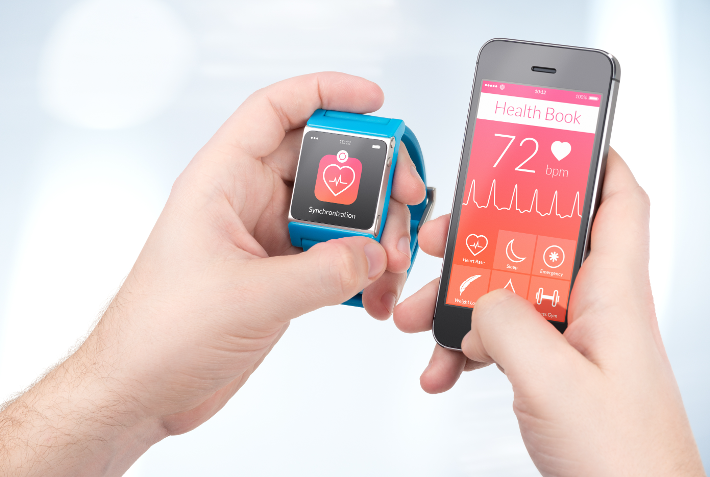
Genomics and Health: Understanding Your DNA for Better Health.
In recent years, digital health technologies have transformed the way healthcare is delivered, empowering individuals to take control of their health and well-being through wearables, apps, and remote monitoring. This article explores the latest trends in digital health, highlighting the impact of wearables, apps, and remote monitoring on patient care, disease management, and preventive health.

Fitness trackers, for example, can monitor steps taken, calories burned, and exercise intensity, helping individuals set and achieve their fitness goals. Smartwatches equipped with heart rate monitors and ECG sensors can detect abnormal heart rhythms and alert users to potential cardiac issues, enabling early intervention and preventive care. Medical wearables, such as continuous glucose monitors for diabetics or wearable biosensors for remote patient monitoring, allow healthcare providers to track patients' health metrics in real-time and intervene proactively when necessary.
In addition to wearables, mobile health apps have revolutionized healthcare delivery by providing convenient access to a wide range of health-related services and resources. Health and wellness apps offer features such as symptom tracking, medication reminders, nutrition guidance, and mental health support, empowering users to manage their health conditions and make informed lifestyle choices.
Telemedicine apps, in particular, have surged in popularity, allowing patients to consult with healthcare providers remotely via video calls, text messaging, or voice chat. These virtual care platforms enable patients to receive medical advice, diagnoses, and prescriptions from the comfort of their own homes, reducing the need for in-person visits and minimizing potential exposure to infectious diseases, especially during public health emergencies such as the COVID-19 pandemic.
Furthermore, remote monitoring technologies enable healthcare providers to monitor patients' health status and vital signs outside of traditional clinical settings, such as hospitals and doctor's offices. Remote patient monitoring devices, such as wearable biosensors, home monitoring kits, and IoT-enabled devices, collect and transmit data on patients' health metrics, medication adherence, and symptoms in real-time, allowing for early detection of health issues and timely intervention.
The integration of wearables, apps, and remote monitoring technologies into healthcare delivery has the potential to improve patient outcomes, enhance disease management, and reduce healthcare costs. By enabling continuous monitoring, early detection of health issues, and timely interventions, digital health technologies empower individuals to take proactive steps towards better health and well-being.
However, challenges remain in the widespread adoption and implementation of digital health technologies, including data privacy and security concerns, interoperability issues, and disparities in access to technology and healthcare services. Addressing these challenges will require collaboration between technology developers, healthcare providers, policymakers, and regulatory agencies to ensure that digital health solutions are safe, effective, and accessible to all.
In conclusion, digital health trends such as wearables, apps, and remote monitoring are revolutionizing the way healthcare is delivered and experienced. By harnessing the power of technology, individuals can actively engage in their health and well-being, healthcare providers can deliver more personalized and proactive care, and healthcare systems can become more efficient and effective in meeting the evolving needs of patients and populations.